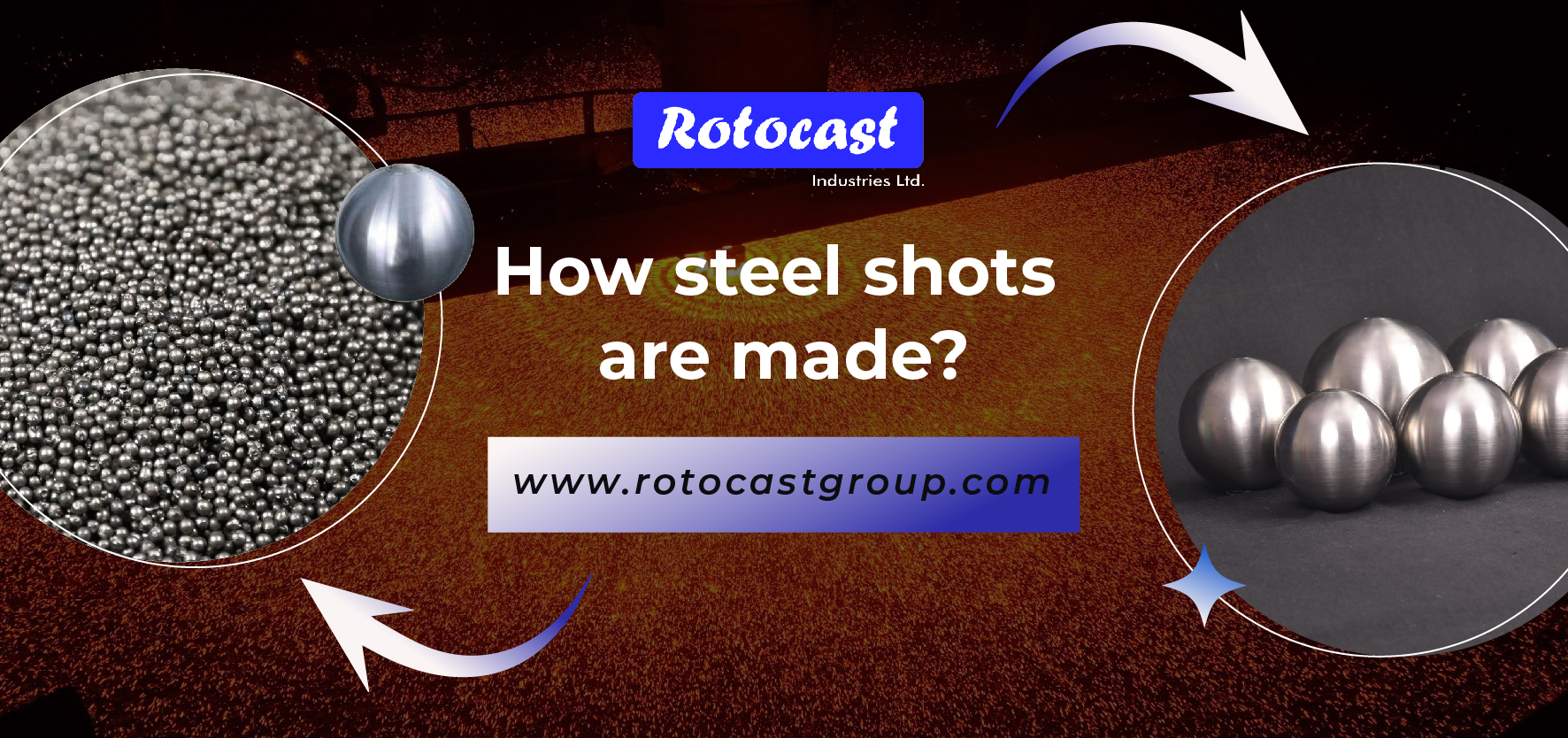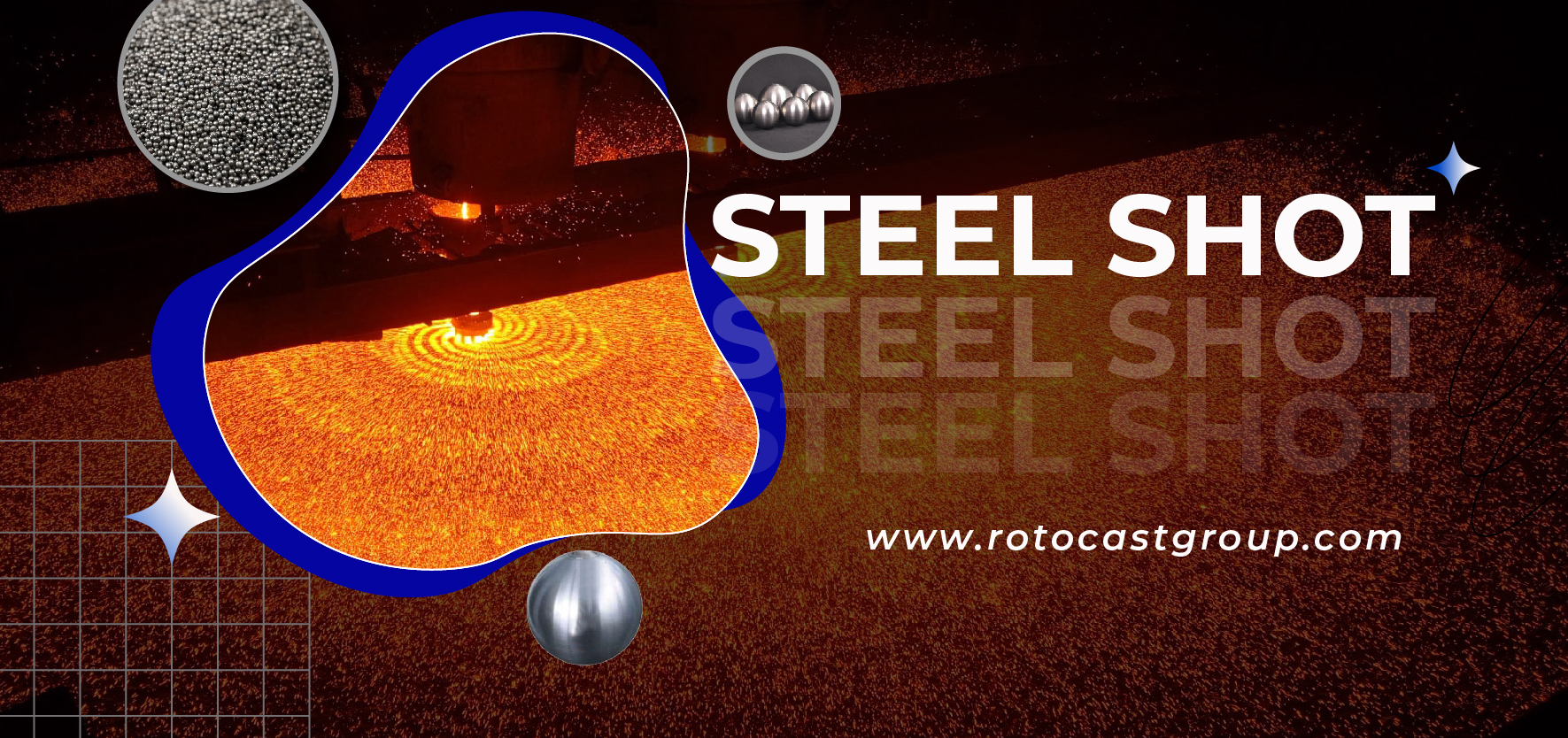
Steel shots are manufactured through a process that involves converting steel wire or scrap into small spherical pellets. Here’s a general overview of how steel shots are made:
- Raw Materials: The primary raw material for steel shots is steel. This steel can be sourced from various places, including scrap steel, which is often recycled. The type and quality of steel used can vary depending on the desired characteristics of the final product.
- Melting: The steel is melted in a furnace to create a molten metal. The temperature and composition of the molten steel are closely monitored to ensure consistency and quality.
- Atomization: The molten steel is then subjected to a process called atomization. In this process, the molten steel is forced through a nozzle at high pressure or dropped from a height. As the steel emerges from the nozzle or falls, it is exposed to a jet of high-pressure water or air. This causes the molten steel to break into small droplets.

- Solidification: As the small molten droplets are exposed to the cooling effects of air or water, they rapidly solidify into small spherical shapes. These solidified spheres are now the steel shots.
- Sizing and Screening: The newly formed steel shots are not all of the same size. They are typically larger than the desired final size. To achieve the desired size distribution, the steel shots are passed through a series of screens or sieves. The screens allow smaller shots to pass through while retaining larger ones. The shots that do not meet the size specifications are recycled back into the process.
- Heat Treatment: Depending on the specific requirements of the application, the steel shots may undergo a heat treatment process to enhance their hardness and durability. Heat treatment can involve heating the shots to a specific temperature and then rapidly cooling them (quenching) to achieve the desired properties.
- Quality Control: Throughout the manufacturing process, quality control measures are in place to ensure that the steel shots meet the required standards for hardness, size, and shape. Shots that do not meet these standards are removed from the production line.
- Packaging: Once the steel shots have been manufactured and meet the quality standards, they are packaged in bags, drums, or other suitable containers for distribution and sale.
It’s important to note that the manufacturing process for steel shots may vary slightly depending on the manufacturer’s equipment and specific product requirements. The key steps, however, involve melting the steel, atomizing it into small droplets, solidifying these droplets into spherical shapes, and then refining the size and properties through screening and heat treatment. The resulting steel shots are used in various industrial applications, as discussed in previous responses.
Use the right steel shot, various types of steel shots are available in the market. Choose the one that is best suited for your business. For this, businesses should choose the right product. Rotocast is one of the best steel shots manufacturers in India.

